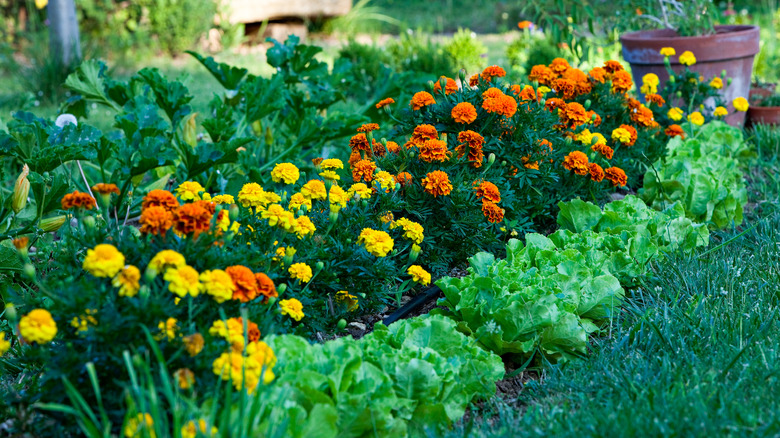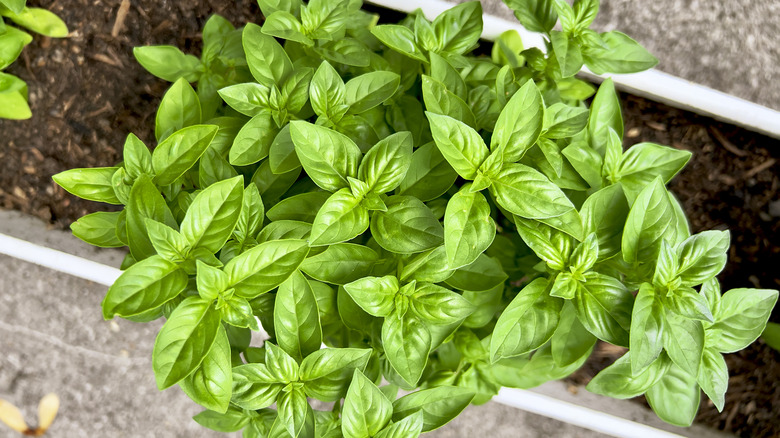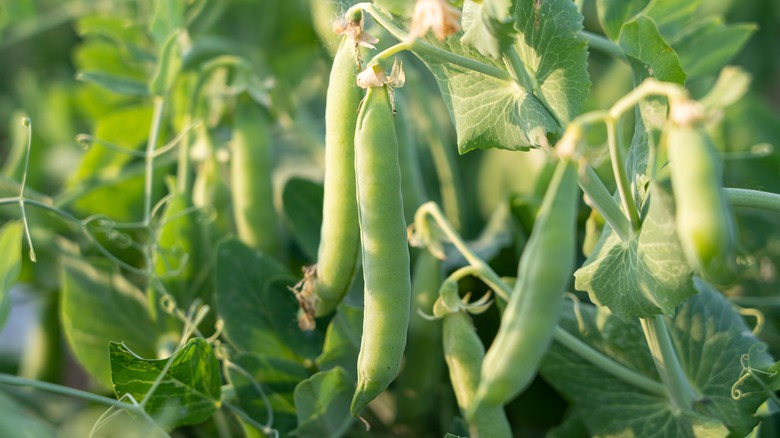What Are Companion Plants And How Do They Impact Your Garden?
Companion planting is a popular gardening practice that involves growing certain plants together to enhance each other's growth, protect against pests, and improve overall garden health. This method is rooted in the idea that plants, much like people, have relationships that can either benefit or hinder one another. Some plants release natural chemicals that repel pests, while others attract beneficial insects that aid in pollination or pest control. Certain plants can improve soil health by fixing nitrogen or providing shade to more delicate plants. Understanding these relationships is key to making the most of your garden's potential.
Marigolds are often planted alongside roses because they emit a strong scent that deters aphids and other common pests. Salvia, on the other hand, pairs well with roses because it helps keep mildew at bay, which can otherwise damage the rose's foliage and flowers. However, not all plants make good companions. Some, like fennel, are known for their allelopathic properties, meaning they release chemicals into the soil that can inhibit the growth of other plants.
The concept of companion planting also includes knowing which plants to keep apart. Blueberries thrive in acidic soil and do not tolerate competition from plants that require a different pH balance. As a result, you should avoid planting them near crops like tomatoes, peppers, or other plants that prefer neutral or alkaline soils. By strategically choosing which plants to pair together — and which to keep apart — you can create a thriving ecosystem in your garden.
How companion plants deter pests and attract beneficial insects
One of the most significant advantages of companion planting is the ability to naturally deter pests and attract beneficial insects. Many gardeners seek to avoid chemical pesticides, and companion planting offers a sustainable alternative. Certain plants produce natural substances that repel harmful insects or mask the scent of more vulnerable plants, making them harder for pests to locate. For example, nasturtiums are excellent at drawing aphids away from more valuable plants like roses, essentially sacrificing themselves to protect their companions. When planted alongside vegetables, nasturtiums create a protective barrier, reducing the need for synthetic pesticides.
Similarly, herbs like basil and mint can repel mosquitoes and flies, while also attracting pollinators like bees and butterflies. These pollinators are crucial for the fruiting process in plants like tomatoes, cucumbers, and squash. However, it's important to be mindful of which herbs you plant together. For instance, mint, while beneficial in some ways, can become invasive and overwhelm other plants if not properly contained. Mint's aggressive growth habits make it a less-than-ideal companion for most garden plants, as it can quickly outcompete them for space and nutrients.
In addition to repelling pests, companion plants can also draw beneficial insects that prey on common garden pests. For example, planting dill or fennel near your garden can attract ladybugs, which are natural predators of aphids. These beneficial insects help to keep the pest population under control, reducing the need for chemical interventions.
Enhancing soil health and maximizing garden space with companion plants
Beyond pest control, companion planting plays a crucial role in improving soil health and making efficient use of garden space. Some plants have the unique ability to fix nitrogen in the soil, making it more fertile for other plants. Legumes like beans and peas are classic examples of nitrogen-fixers. When grown alongside heavy feeders like corn or tomatoes, they help replenish the soil with essential nutrients, reducing the need for chemical fertilizers. This natural fertilization process not only benefits the companion plants but also enhances the overall soil structure and health of your garden.
Companion planting can also maximize the use of available garden space by pairing plants with different growth habits. For instance, planting fast-growing radishes alongside slower-growing carrots allows both crops to mature without competing for the same resources. The radishes are harvested early, leaving more room for the carrots to grow. Similarly, tall plants like sunflowers can provide shade for smaller, shade-loving plants, creating a more diverse and productive garden environment. This strategic use of space is particularly valuable in small gardens or urban settings where every square foot counts.
However, it's crucial to be mindful of plant compatibility, as certain combinations can lead to poor growth or nutrient competition. For instance, planting onions or garlic near your peas is not recommended, as these alliums can stunt the growth of peas by competing for nutrients and releasing growth-inhibiting chemicals into the soil.


